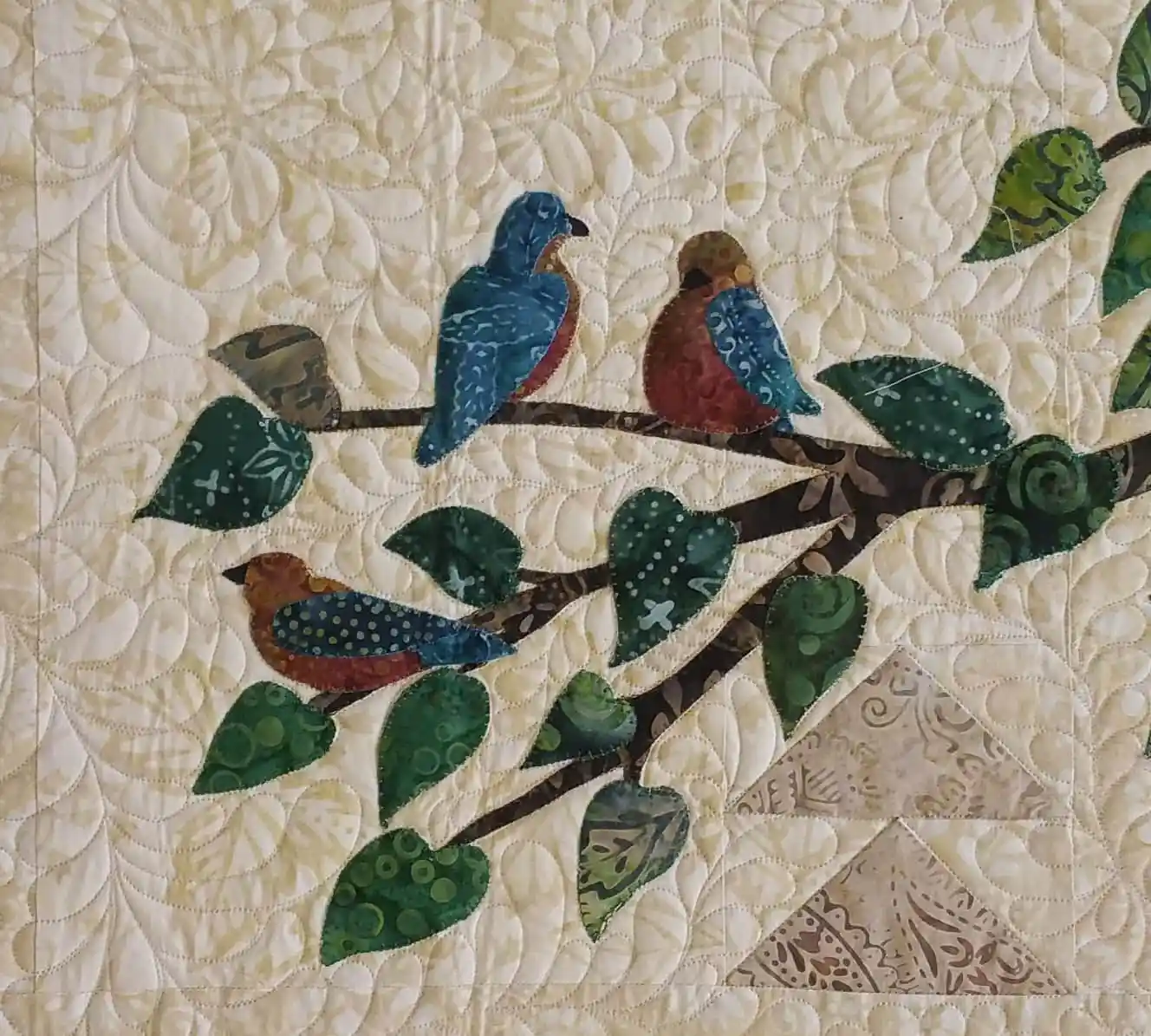If you’ve ever wondered how to start observing bird patterns in your backyard, you’re not alone. Watching birds can be a relaxing and rewarding experience. Backyard birdwatching allows you to connect with nature while gaining insights into the habits and behaviors of your feathered visitors. Here, we’ll share some practical tips to help you observe and enjoy bird patterns right in your own backyard.
1. Create a Bird-Friendly Environment
The first step to observing bird patterns in your backyard is making it a place birds want to visit. Add feeders, birdbaths, and native plants to attract a variety of species. Different birds prefer different food, so offer a mix of seeds, suet, and nectar to cater to various tastes. A birdbath with fresh water can also encourage birds to stop by regularly.

2. Observe Birds at Different Times of the Day
Bird activity changes throughout the day. Early mornings and late afternoons are often the best times for observing bird patterns in your backyard. During these times, birds are typically more active as they forage for food. Keep a notebook handy to track what you see and note any patterns in their behavior.
3. Use Binoculars for a Closer Look
A good pair of binoculars can enhance your birdwatching experience. Binoculars allow you to observe details such as feather patterns, colors, and behaviors without disturbing the birds. This tool is especially helpful for identifying smaller species or those perched high in trees.
4. Keep a Bird Journal
Writing down your observations is a great way to track bird patterns in your backyard over time. Note the types of birds, their feeding habits, and the times they appear. Over weeks or months, you’ll notice trends, such as which species are seasonal visitors or how weather affects bird activity.
5. Install a Birdhouse or Nesting Box
Providing shelter can encourage birds to visit and stay in your backyard. Birdhouses or nesting boxes are ideal for species looking for a place to raise their young. Watching these birds build nests, lay eggs, and care for their chicks can give you unique insights into their behaviors and migration patterns.
6. Use Technology to Identify Birds
If you’re new to birdwatching, apps like Merlin Bird ID or eBird can be incredibly helpful. These tools allow you to identify birds based on their appearance or songs. They can also provide additional information about bird migration, feeding habits, and preferred habitats, making it easier to study bird patterns in your backyard.
7. Understand Seasonal Changes
Bird patterns often change with the seasons. Some species are year-round residents, while others only pass through during migration. By observing your backyard regularly, you’ll notice these shifts and gain a better understanding of how weather and time of year influence bird activity.
8. Listen to Bird Songs and Calls
Birdwatching isn’t just about sight; listening plays a big role too. Birds often communicate through songs and calls, and learning to recognize these sounds can help you identify species even when they’re hidden. Apps like BirdNET can analyze bird songs and tell you which species are present.
9. Be Patient and Consistent
Observing bird patterns in your backyard requires patience and consistency. Spend time outside daily or set up a comfortable viewing spot near a window. The more often you watch, the better you’ll understand the routines of your backyard birds. Over time, you’ll notice how birds interact with each other and their environment.
10. Share Your Observations
Finally, share what you learn with friends, family, or online birdwatching communities. Sharing your observations not only helps others learn but also allows you to connect with like-minded individuals. You might even gain new tips for observing bird patterns in your backyard from fellow enthusiasts.
Explore Hummingbdhill for a Unique Experience
Hummingbdhill offers a serene escape with beautiful views and a peaceful atmosphere. Whether you’re looking to unwind or enjoy a relaxing retreat, it’s the perfect place to recharge. For some online fun, try playing online roulette for an exciting gaming experience.
Conclusion
Observing bird patterns in your backyard is a fulfilling hobby that connects you to the natural world. By creating a bird-friendly environment, staying patient, and keeping detailed records, you can uncover fascinating insights into the lives of birds. Remember, every backyard is unique, and with time and effort, you’ll see patterns emerge that make your birdwatching journey even more enjoyable.











